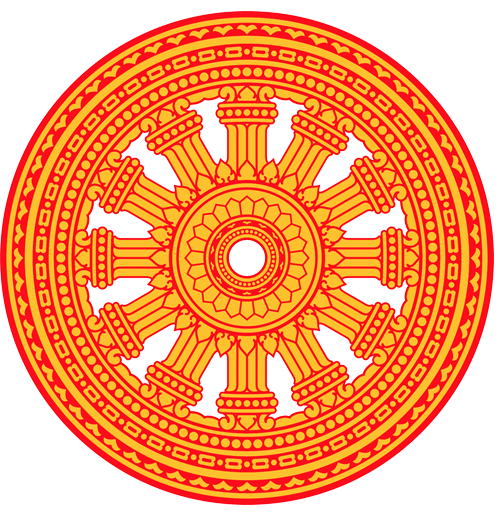About us
The Thai National Memory of the World Program submitted the Epigraphic Archives of Wat Pho for listing on the Memory of the World International Register in January 2011. The 10th meeting of the International Advisory Committee for the Memory of the World Program of UNESCO, held on 27 May 2011 in Manchester, England, agreed to register the epigraphic archives as a Memory of the World, as proposed by Thailand.
The stone inscriptions are in the Thai language and script. Made between 1831 and 1841, they cover both religious and secular subjects. They represent a wide range of Thai and Asian knowledge of over five centuries of exchange in trade, politics and culture within Asia and beyond.
Known among foreigners as the Temple of the Reclining Buddha, Wat Pho was built in the reign of King Phetracha, who ruled the Ayutthaya Kingdom from 1688 to 1703. It underwent a major renovation during the reign of King Rama I of the Rattanakosin period.
In 1830, the temple was renovated again at the royal command of King Rama III, who intended to turn this temple into a major source of knowledge for all people, regardless of their social status. King Rama III ordered the collection of knowledge from wise men and the collection of arts and sciences on such subjects as traditional medicine, archeology, literature, and poetry.
Team
- Dokrak Payaksri (Reseacher)
- Nisa Cheyklin (Database Administrator)
- Prateep Songserm (IT officer)
- Rattanaphon Chiengkham (IT officer)





 The Epigraphic Archives of Wat Pho
The Epigraphic Archives of Wat Pho